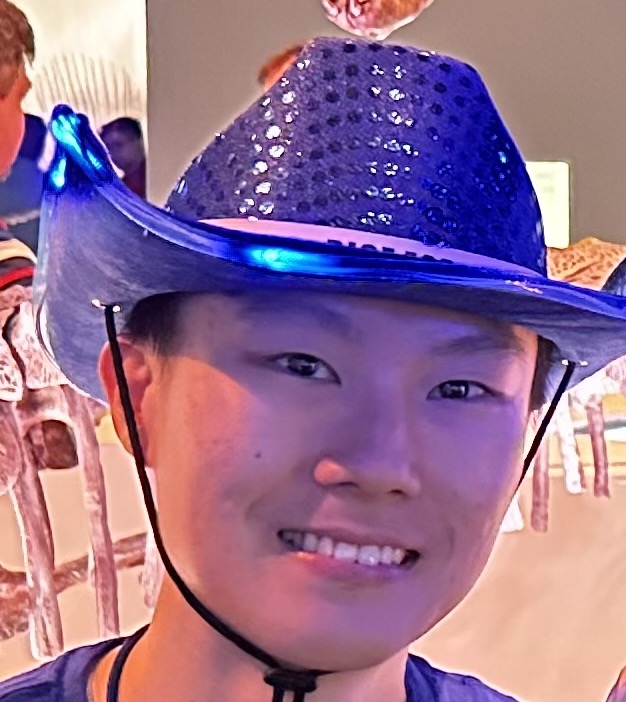The hidden curriculum: tackling moonshot projects in science
X, the moonshot factory: “pursuing things that sound undoable, but if done, could redefine reality”
Moonshots are what make science worth pursuing. It is important to dream of what can be done and be optimistic about the future. These are the foundations of some of the most valuable research funding awards that seek to push the boundaries of science and engineering. However, these high-risk and high-reward projects are not always going to work and could take a decade for some reasonable progress. In fact, many do not work and eventually spin out in other interesting directions. So what’s the point in working on them? To me, they represent high-impact projects that we can never do in an industry setting, where good results are demanded immediately.
We must consider the context of moonshot projects and accept that results could be intermediate and not useful.
Given my expertise in wearable devices, I was tasked to design a wearable that uses an algorithm that takes some sensor modality (call X) to predict a parameter (call Y) for a moonshot project that took months to collect data with almost a hundred contributors. Upon inspection of the algorithm, it didn’t truly predict Y because of 1. the choice of evaluation metric and 2. the lack of data. The results seemed somewhat dubious because the evaluation metric was not suitable to evaluate the end-point of the project. These were valid criticisms. So why was I even working on a wearable device that doesn’t do what it’s supposed to do? I brought this up to my advisor and he gave me a long lecture on what it really means to work on a moonshot project…
There are various stages of research ideas. Some ideas, especially moonshot ideas, are so far-fetched that it is unrealistic to expect any sort of result. This was my misunderstanding about the project that I was working on. In this case, the phenomenon we were trying to measure had only been discovered in the last 10-20 years, which meant that even our scientific understanding of this phenomenon is sparse. However, the algorithm is as important as the supporting mechanism (i.e. wearable device), and it is also integral to work on such problems in parallel, even if the algorithm does not work yet.
The vast majority of researchers will not produce anything useful for society
Even with the complex logistics and a large number of contributors during data collection, not all datasets are able to address the overarching objective in the affirmative. We can also learn from negative results. What really matters when evaluating progress is shots on target instead of goals and salvaging what we can. The results may not be pretty and have no impact, but at the end of the day, there are mouths to feed and students to graduate. We should aim to be more empathetic because not all problems are solvable. We also cannot have someone spend 10 years doing a Ph.D. on a moonshot project with a 10% success rate. If we’re lucky and get some good results, then we can publish in prestigious journals like Science/Nature. However, these journals are not much different from some other less prestigious journals. One Science/Nature paper does not identify, solve, and deploy working systems in the real world, but merely presents a reasonable subproblem or raises important questions toward an overarching objective. Take neuro-engineering for example. No single paper in Science/Nature develops tools to understand the brain, understands the brain, develops tools to modulate the brain, and deploys them in a real-world system with rigorous results. This is totally unrealistic for a moonshot problem. The only thing we can really do is explore the space of ideas and hope that we will find something worthy and aligns with our objective.
